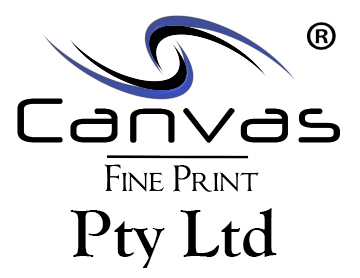While there
is no official standard size for posters, over the decades many printing and
advertising companies have been using the same consistent sizes for poster
printing.
This resource discusses the dimensions and rules
that are commonly used for printing posters worldwide.
This resource discusses the dimensions and rules
that are commonly used for printing posters worldwide.
Smallest Poster - 11x 17 Inches
Also called Ledger, Tabloid or ANSI B size. This is the smallest standard poster size, they are mostly used for flyers, street lights, bulletin boards, and generally putting up on businesses without taking up too much room and offending. These also work great with a minimalist approach to text. Big letters big message. Size in Millimetres is 279 x 432mm.
Medium - 18 x 24 Inches
Also called Architectural C size - A little more information can be displayed on this standard poster size. I would still recommend some minimalism and little text. These posters are mainly seen as small adverts on university residence floors, doctor's offices, construction walkways and bulletin boards. Size in Millimetres is 457 × 610mm.
Large - 24 x36 inches
Alsocalled Architectural D Size - This is the most common standard size forposters. These posters are used for most applications including outside of events, trade shows, and malls. Also widely used for small movie posters delivered to fans and posters for decoration like in University residences and outside a pub or club. With these types of posters you will be grabbing attention with a large message and you can include further details in small writing so after the message is received people can choose whether to come closer and learn more. Size in Millimetres is 609.6 mm x 914.4 mm.
you cannot go wrong by using the dimensions that we described above, they are
used by printing companies worldwide. Don't be afraid to work with different
dimensions though: Posters are printed on rolls of paper (not on sheets) and
can therefore be cut in any other dimension. If you want create a poster larger
than 24 x36 Inch be sure to contact your printer first, and confirm that he is
able to print your desired size.
Movie Poster Sizes
There are 2 different dimensions for movie posters that the film industry has standardized. Both are typically in portrait format:
One Sheet - which is typically 27" x 40" Inches in size (686x1016mm). Commonly used in theatres for advertising movies.?
Bus stop (or subway poster) - are typically 40" x 60" Inches in size . (1016mm x 1524mm).?
The "One-Sheet" size is used in the official advertising for films.
Both are typically printed on paper stock and usually rolled for aesthetic reasons.
Be aware that the mentioned dimensions for film posters are approximate, and do not have to be exactly in the sizes mentioned above.
Lamination
Lamination is the process of completely sealing paper documents between sheets of plastic with heat and low-grade adhesives. This procedure irreversibly damages the enclosed item. The conventional method is heat-seal lamination, in which documents or book pages are placed in plastic pouches and sealed using heat, pressure, and adhesives. Heat-seal lamination cannot be undone because the heat melts adhesive into the document. This process is appropriate only for materials with a short term value—certainly not for your valued collection materials. Simply put, lamination should never be thought of as a preservation method.Unfortunately, lamination was once considered a viable conservation method (this is likely where lamination misconceptions originate) as it was thought to strengthen and protect fragile paper. Over time however, it was discovered that lamination is in fact destructive. Not only does the application of high heat and pressure damage documents, laminate plastics will also "off-gas," causing a chemical reaction with materials sealed inside. Furthermore, the adhesives used in lamination are typically acidic and can thus adversely affected inks, causing them to bleed beyond their edges ("halo" effect) in printed and written material. Each of these factors cause and/or accelerate the deterioration of paper documents.?
Encapsulation
Encapsulation is the process of completely enclosing documents between two clear sheets of uncoated polyester, which are sealed without adhesives and can therefore be easily removed without adverse effects. These polyester sheets create an electrostatic charge that holds the document in place. The edges of the polyester are either sealed or joined together on all sides using a variety of methods, including cloth stitching, double-sided tape (specifically 3M no. 415), and ultrasonic, thermal, or laser welding (the last of which is expensive yet ideal). If used, double-sided tape should be approached with caution since adhesives can easily transfer to and damage enclosed documents that come into contact with the enclosure's edges. This is particularly bad for heavy and/or thick items.
As encapsulation can be an expensive and time-consuming effort, this method of preservation is suitable for fragile documents, some photographic prints, certificates, and small textiles. It should also be noted that encapsulation is not recommended for artifacts with friable media (e.g. pencil, charcoal, chalk, color pencil) as the electrostatic charge causes the media to transfer onto the plastic. Photographic materials should be stored upright in a folder as to reduce the weight pressing the polyester film against the photographic emulsion.Highly acidic items are known to deteriorate more rapidly when in a sealed polyester containment. In such cases, deacidification or washing will have to be performed by a professional prior to encapsulation. In lieu of this conservation work, an alkaline buffer sheet may be placed with the object to slow the acid degradation. An uncoated polyester film like Melinex type 516, which was previously marketed as Mylar type D and is generically referred to as Mylar, is recommended for encapsulation.


